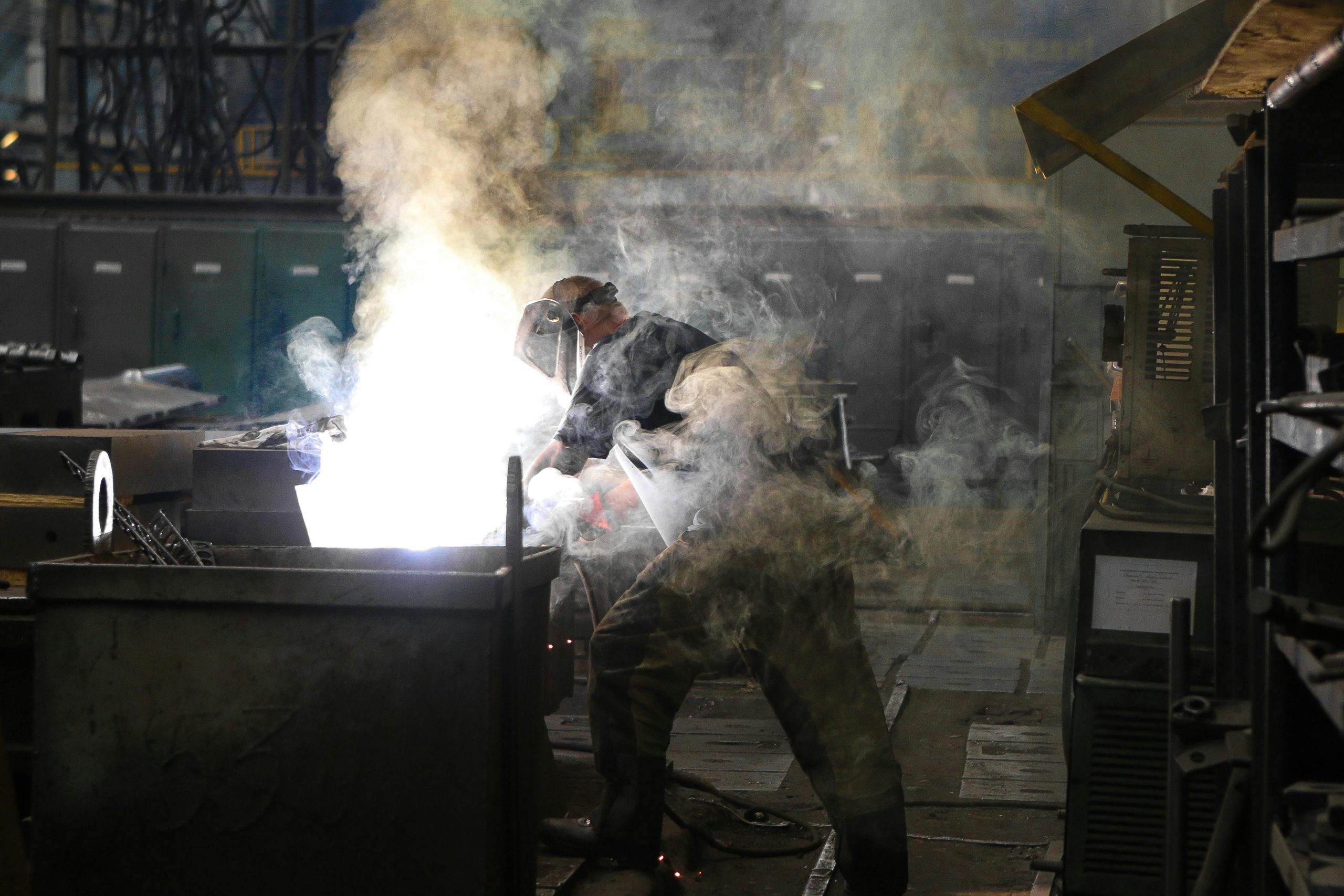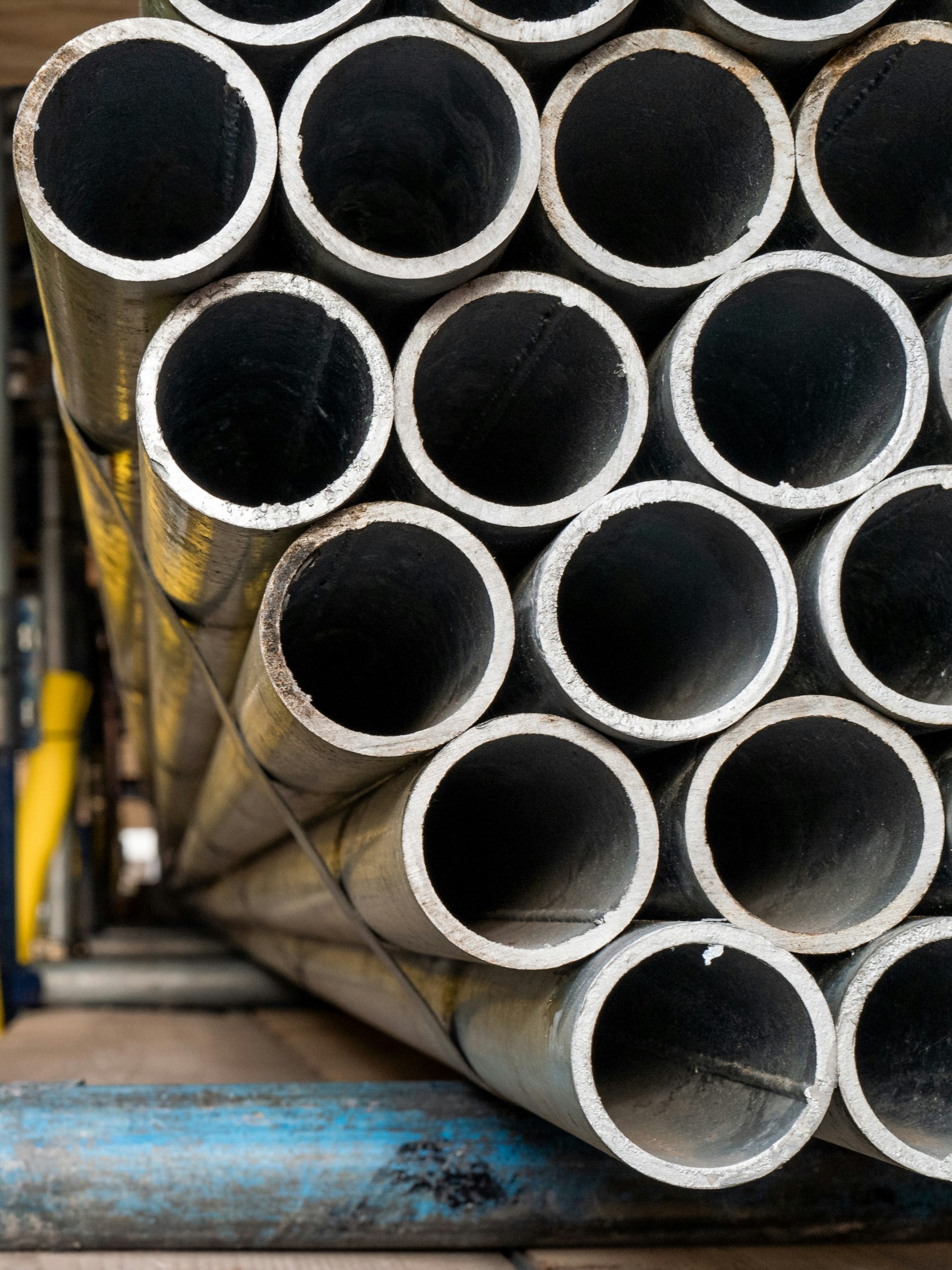

What are the differences between Ellipsoidal and Torispherical dished ends?
Dished ends are a versatile metal spun part that can be used for a variety of applications. This includes larger structures such as pressure vessels, storage tanks, boilers, and more. In order to be effective at sealing a range of different container designs, dished ends can come in different shapes and sizes. This article explores the differences between two of the most common types of dished ends – ellipsoidal and torispherical.
Understanding the basics of dished ends
Before diving into the differences between ellipsoidal and torispherical dished ends, it is important to have a clear understanding of what they actually are. Let’s begin by defining each type. Dished ends are intended to be used to close off the ends of cylindrical or spherical pressure vessels and provide an airtight seal for the contents. These components also play a crucial role in the overall structural integrity and safety of the vessel.
Ellipsoidal dished ends
An ellipsoidal dished end, as the name suggests, takes the shape of an ellipsoid. This means that it has a curved surface with two different radii of curvature. The inner radius connects to the cylindrical section of the vessel, while the outer radius joins the straight flange.
Ellipsoidal heads are preferred in many applications due to their efficiency in distributing internal pressure. The smooth curvature of the ellipsoidal shape helps to reduce stress concentrations, making it a popular choice for high-pressure vessels.
Torispherical dished ends
On the other hand, a torispherical dished end features a curved surface with a smaller radius than the ellipsoidal counterpart. It has a spherical cap shape with a knuckle radius connecting it to the straight flange. This design allows for a smoother transition between the cylindrical vessel and the dished end.
Torispherical heads are commonly used in industries where space constraints are a concern. The compact design of the torispherical head allows for a smaller overall vessel height compared to ellipsoidal heads, making it a practical choice for applications where vertical space is limited. Examples of relevant industries include the air movement, renewable energy, and food industry to name a few.
Key differences between ellipsoidal and torispherical dished ends
Probably the most immediate difference between these two types of dished end is their shape. Ellipsoidal dished ends have a more elongated shape with a pointed end, whereas torispherical dished ends feature a more rounded shape with a broader opening. The former is typically used in designs where the spun metal structure needs to be sealed with a smooth transition. The latter is often used in cases where space constraints are present, meaning the vessel needs to be efficient in its use of the storage space.
An important factor to consider when it comes to pressure vessels is the volume they are able to be store. This is because volume capacity is often directly linked to the needs of the business. In most cases, ellipsoidal dished ends have a larger volume compared to torispherical dished ends. Although the latter can utilise factory space more efficiently. Our experts will be able to advise you on which dished end design is best suited to your business.
While both types of dished ends can withstand high pressure levels, ellipsoidal designs typically have greater resistance due to the radius of curvature. Pressure requirements and operating conditions should be considered when evaluating which type of dished end is best suited to your requirements. Read ‘Choosing the right materials for pressure vessels’ for insights on considerations for metal spinning projects.
Looking for an expert dish end manufacturer?
Tanfield Metal Spinners are experts in cold forming metal parts for use in a range of applications. We provide quotes that take into account your wider industry, company structure, and specific project goals. Our experts are also honest, telling you why materials or designs have been chosen and the costs associated with them. Contact us via our website or by calling direct.

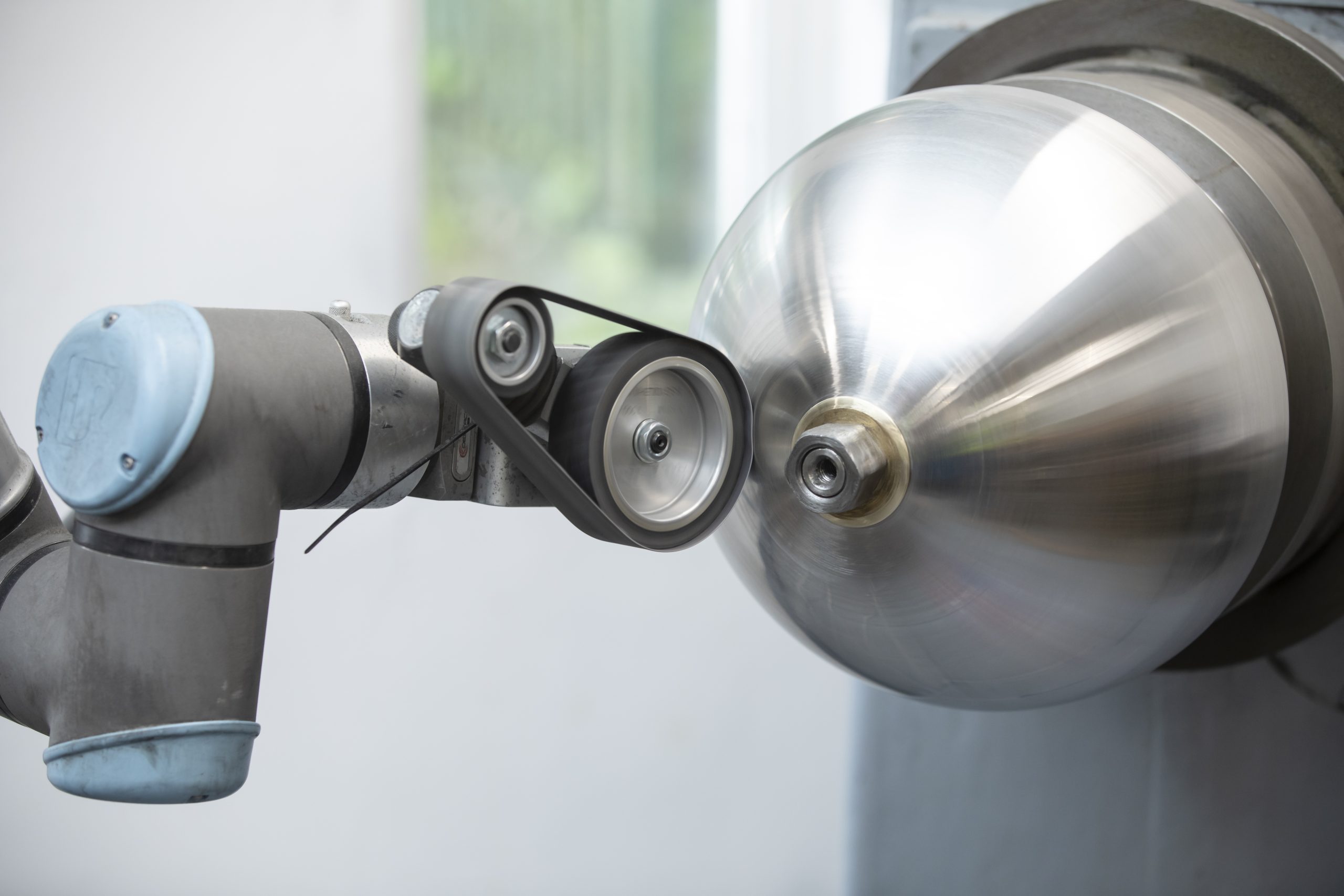 Metal Spinning
Metal Spinning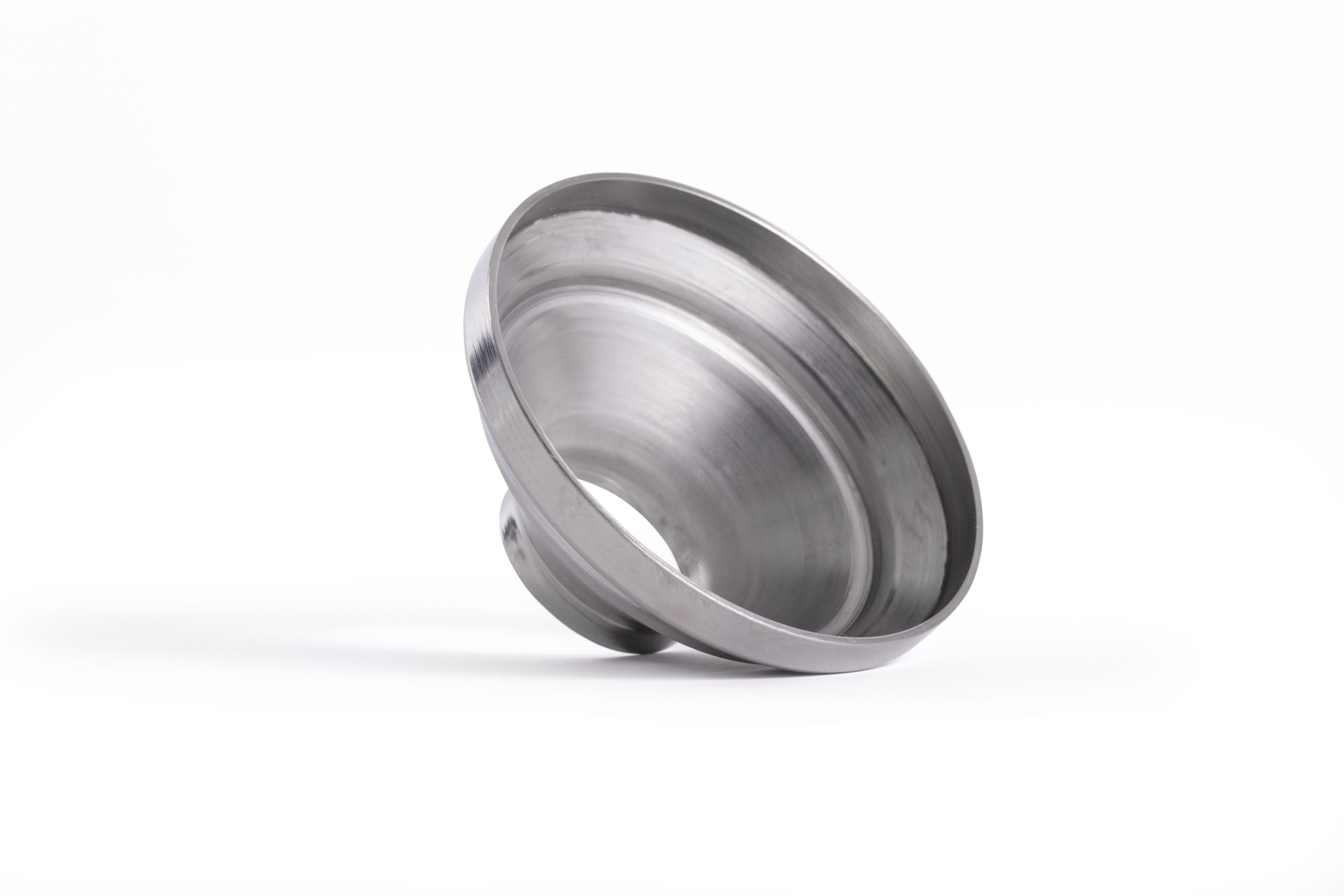 Bespoke Metal Spinning
Bespoke Metal Spinning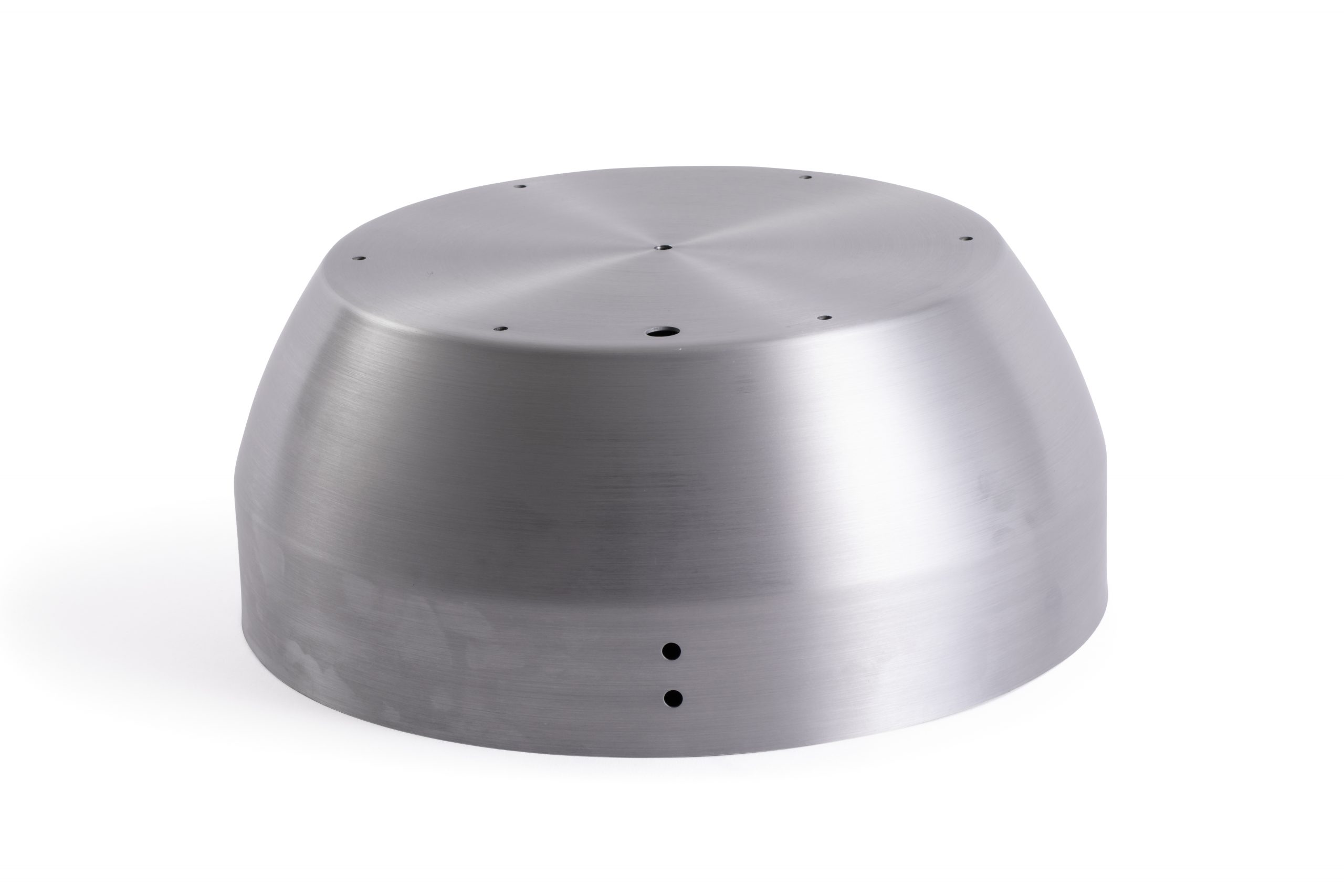 Metal Polishing
Metal Polishing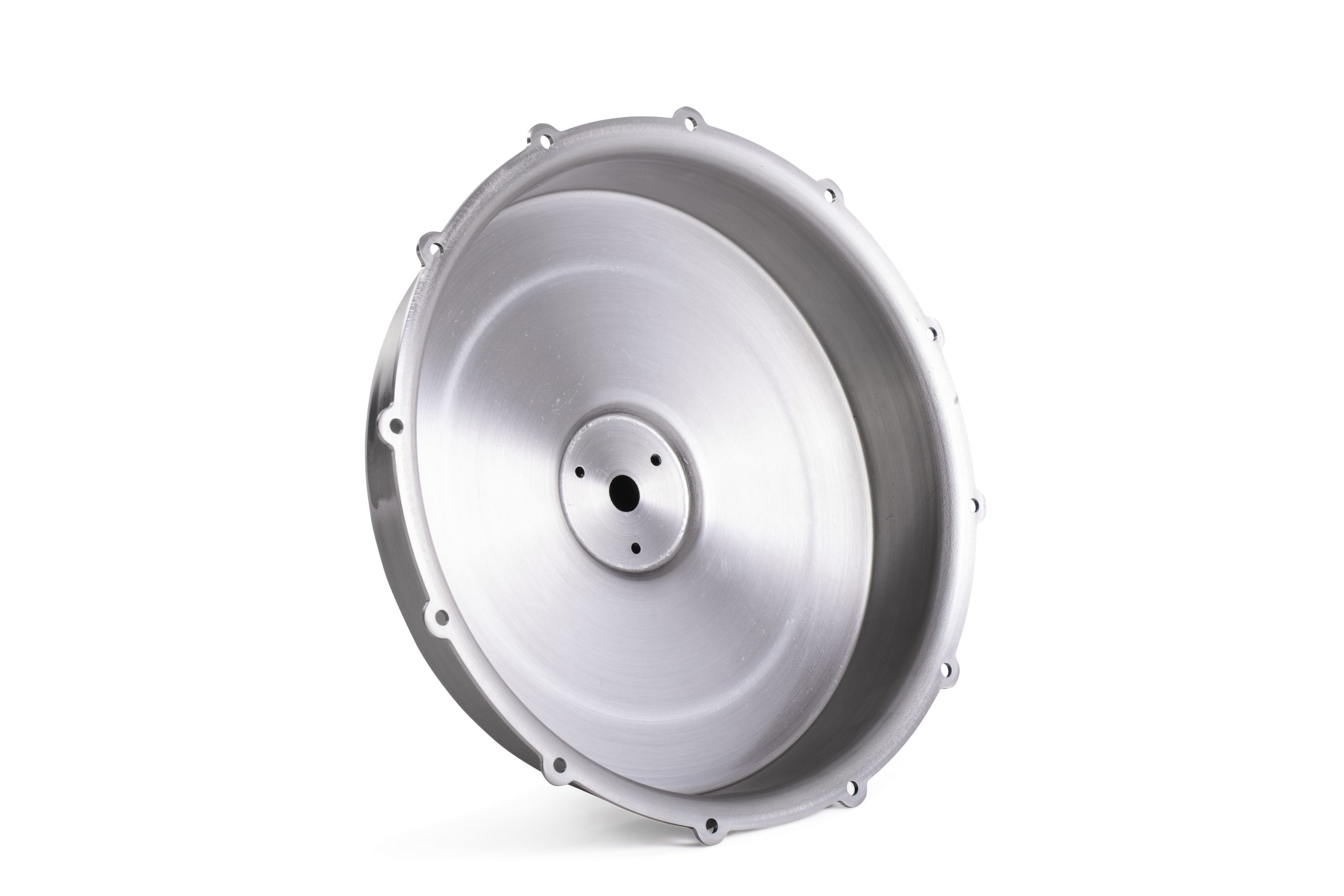 Machining
Machining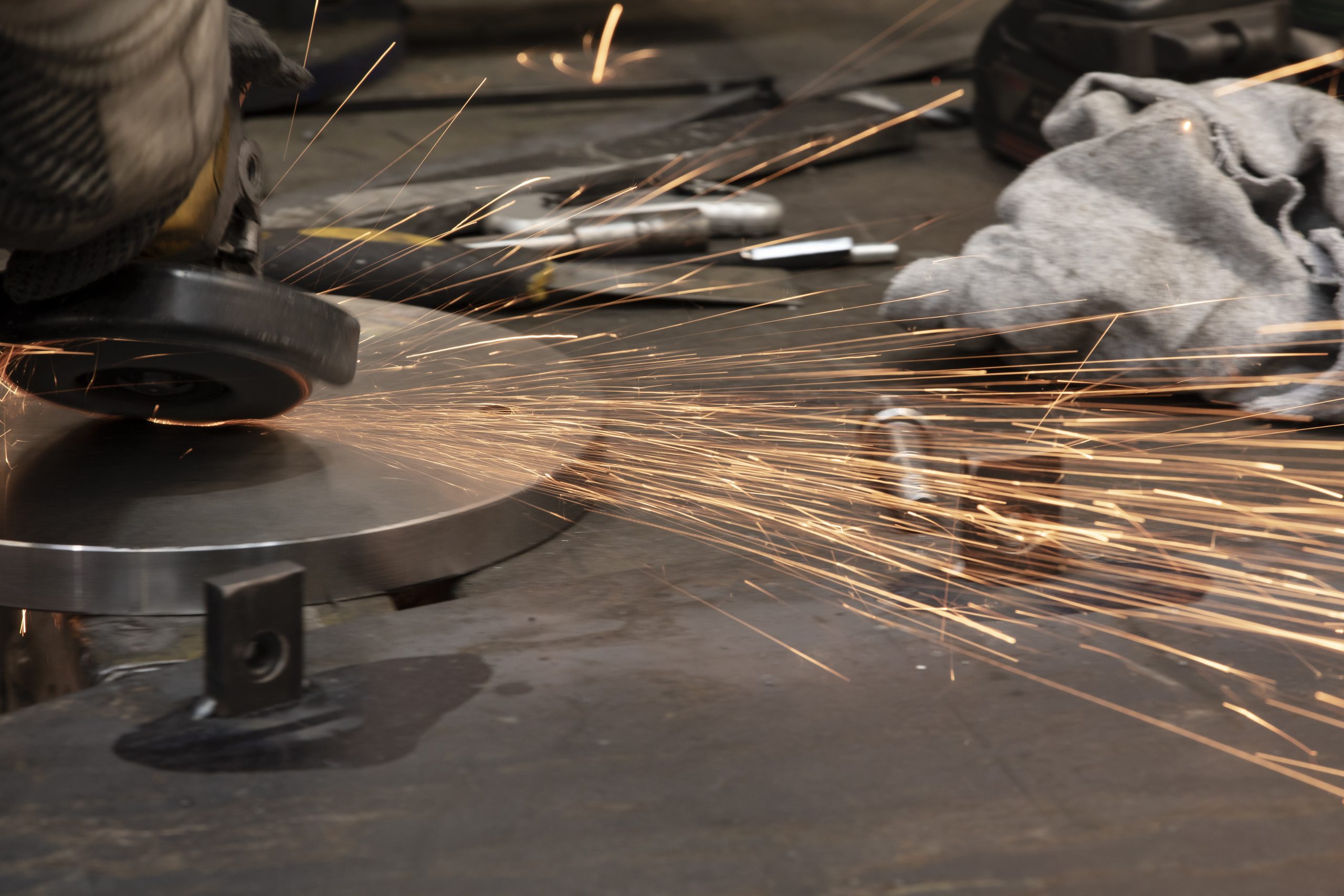 Metal Pressing
Metal Pressing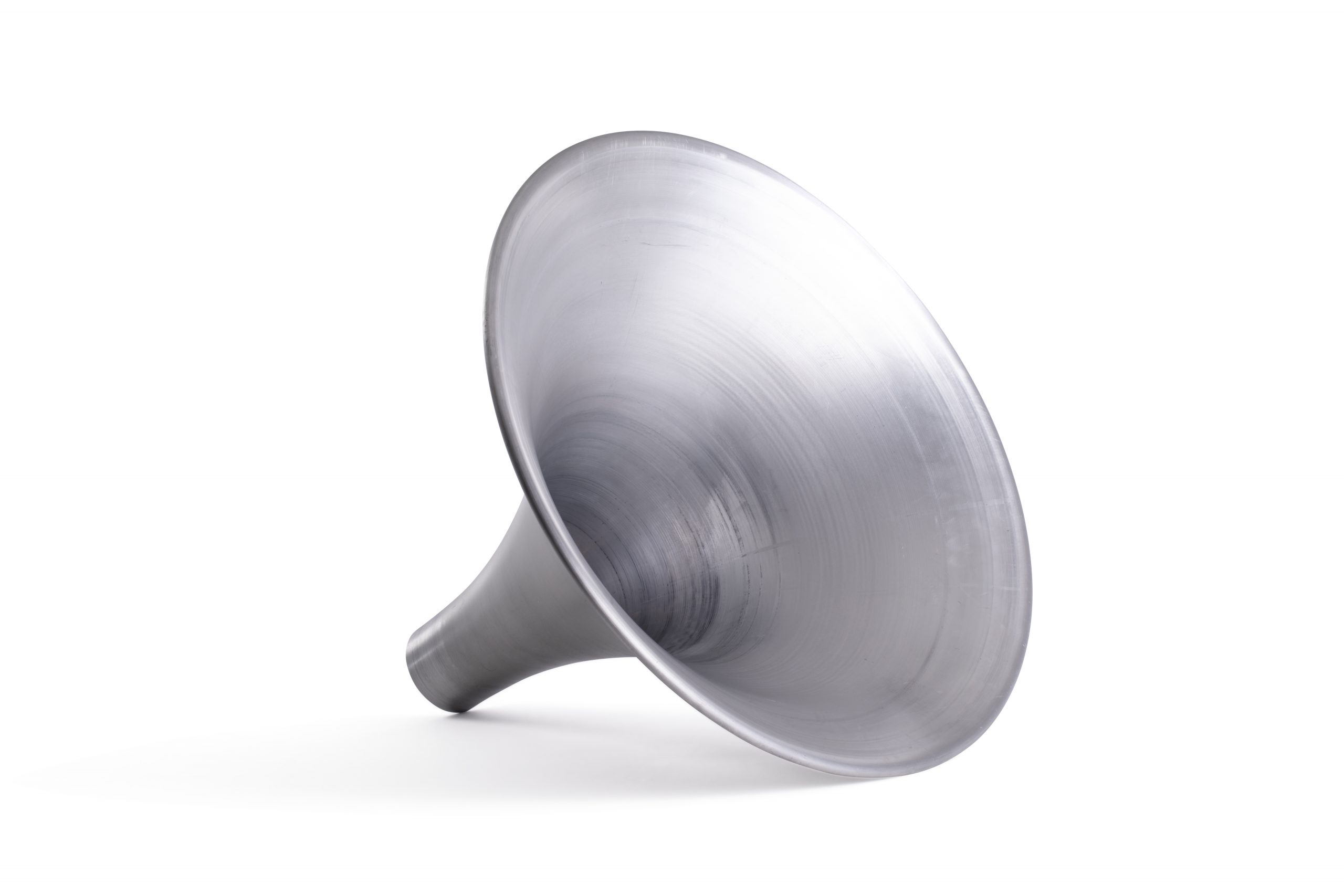 Metal Swaging
Metal Swaging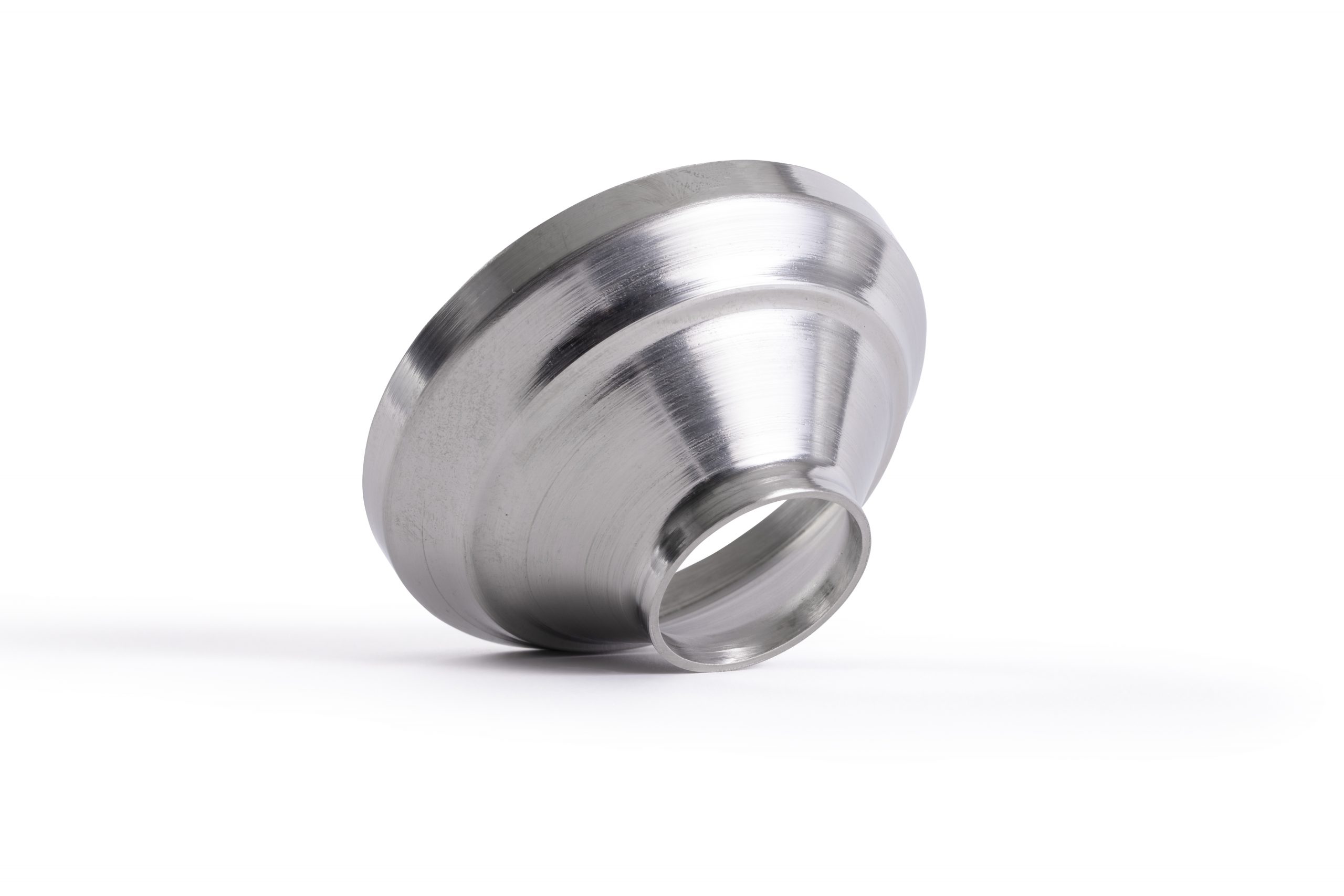 Metal Fabrication & Welding
Metal Fabrication & Welding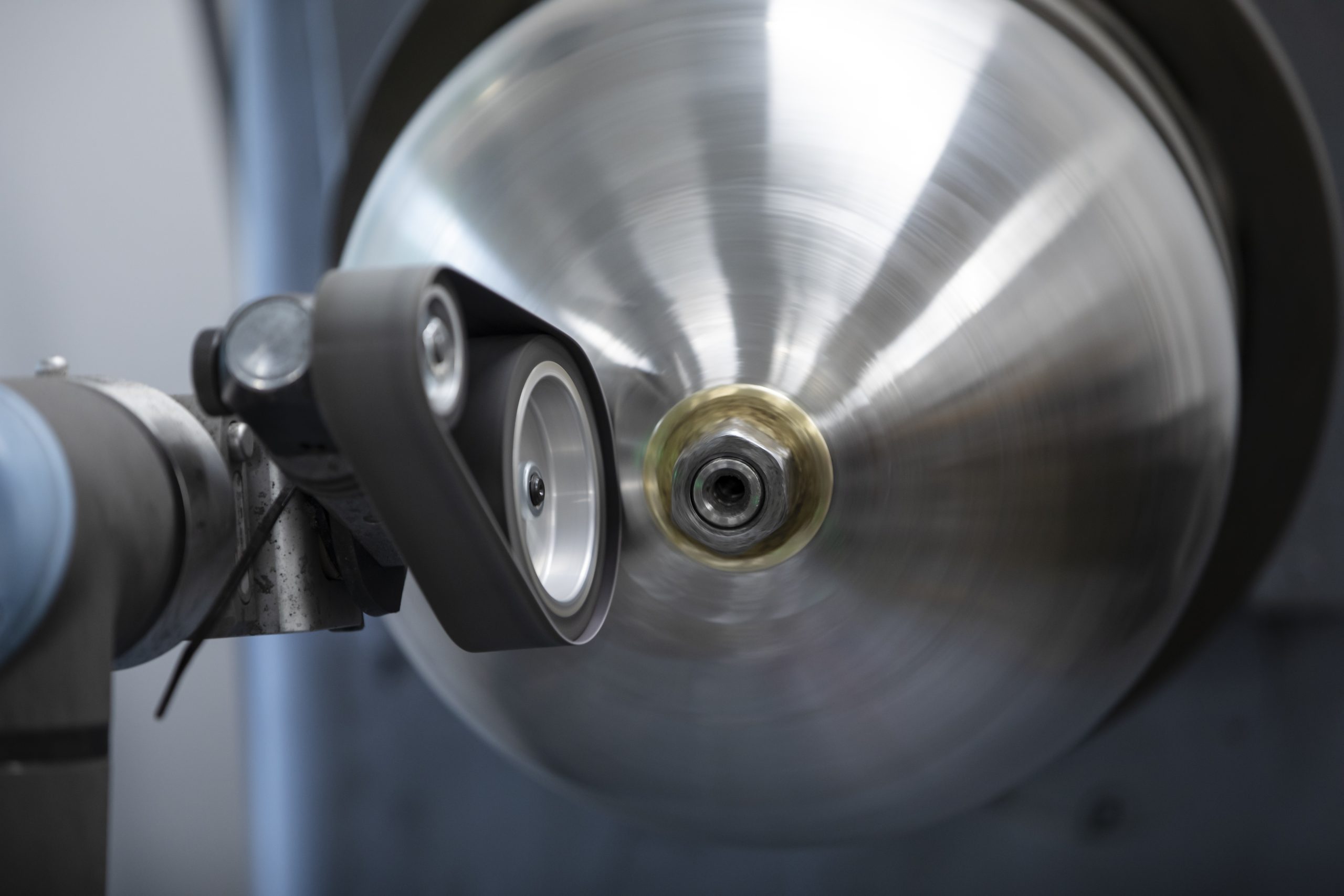 Precision Engineering
Precision Engineering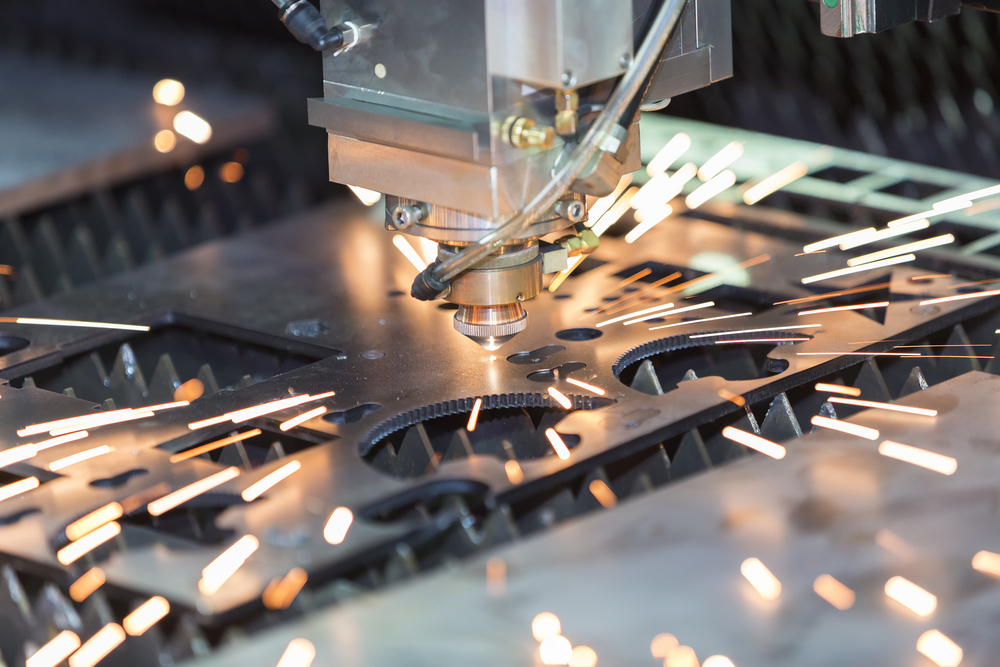 Laser Cutting
Laser Cutting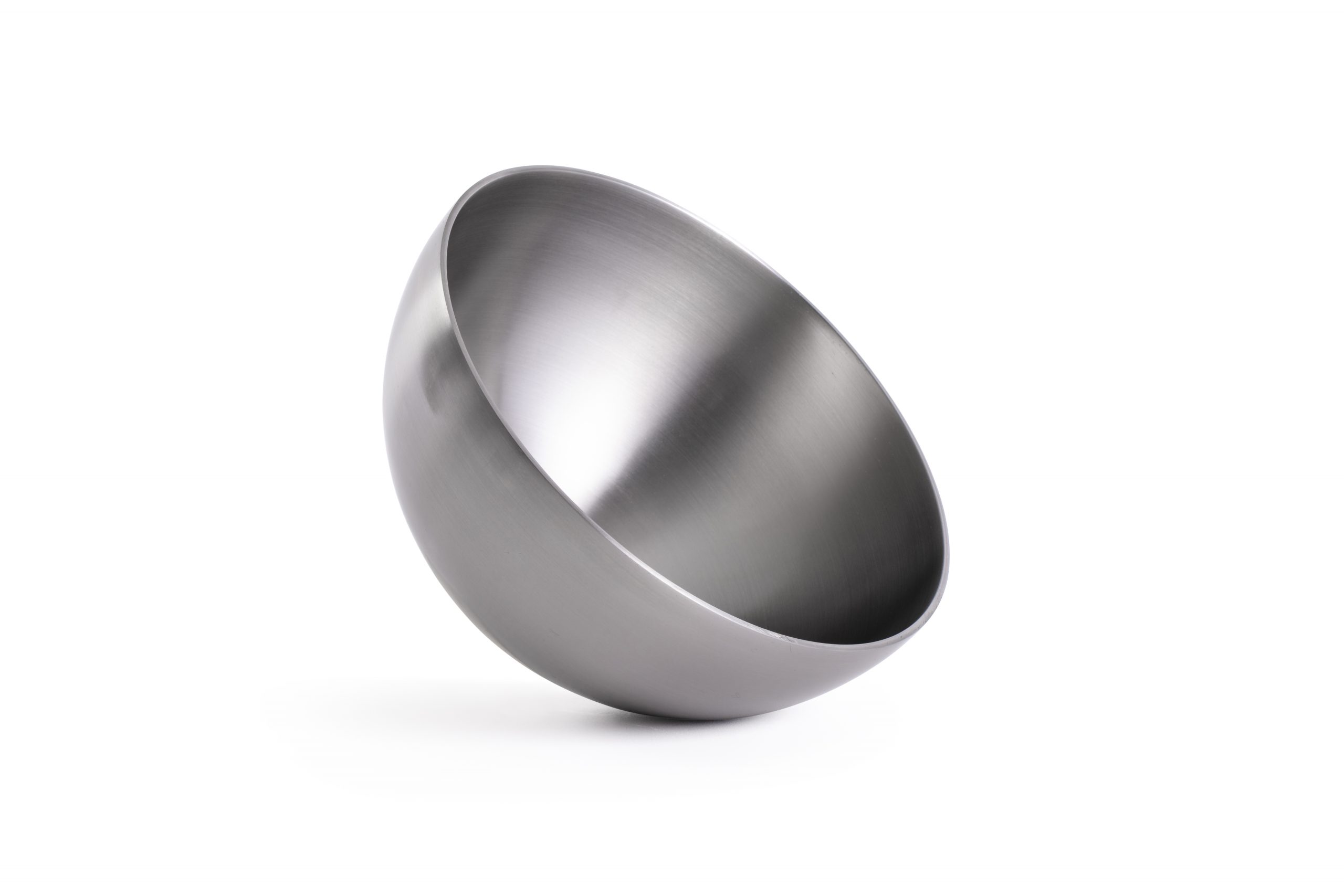 Inspection and Quality
Inspection and Quality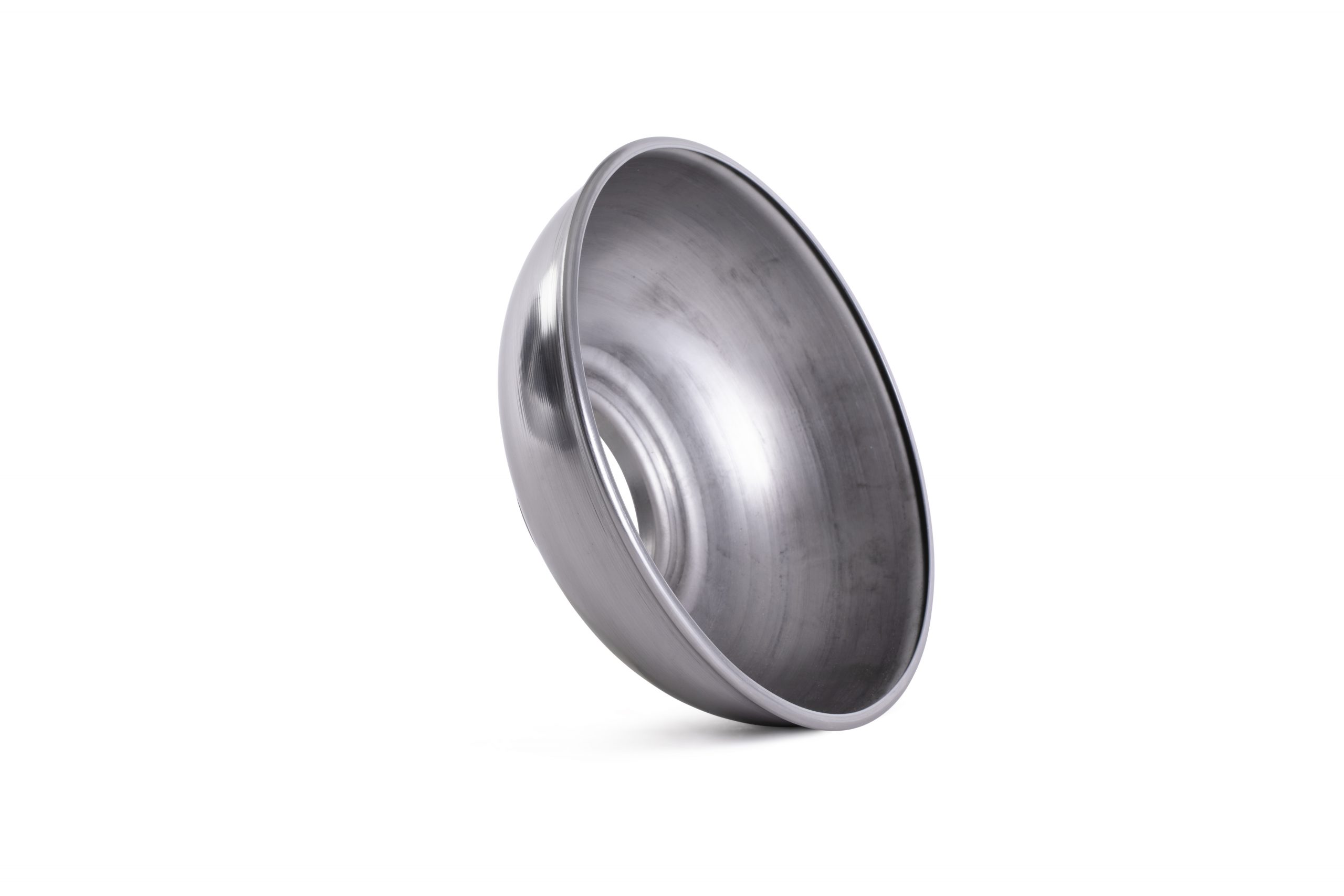 Anodising, Electropolishing and Pickling & Passivating
Anodising, Electropolishing and Pickling & Passivating Agriculture
Agriculture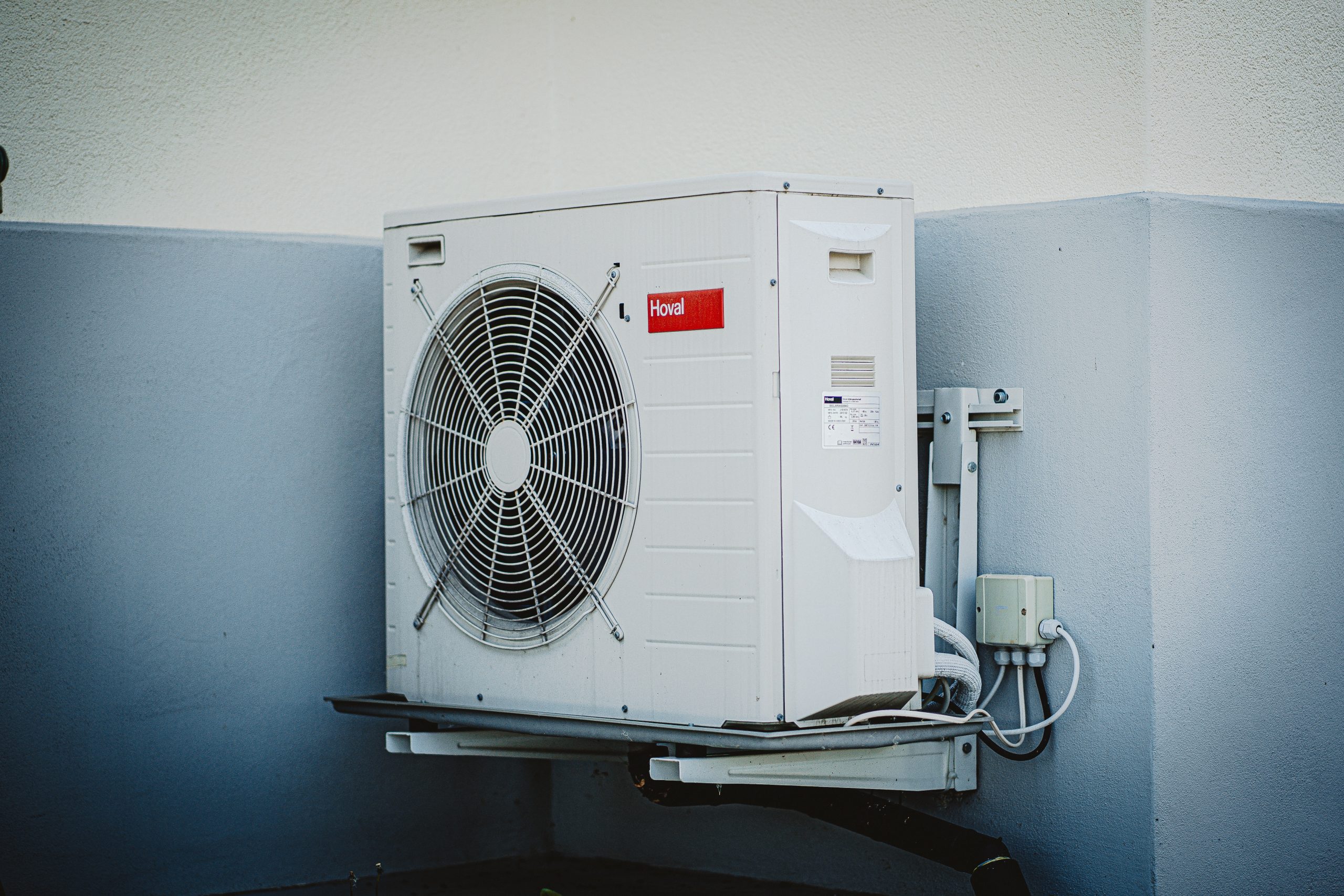 Air Movement
Air Movement Food Industry
Food Industry Playground
Playground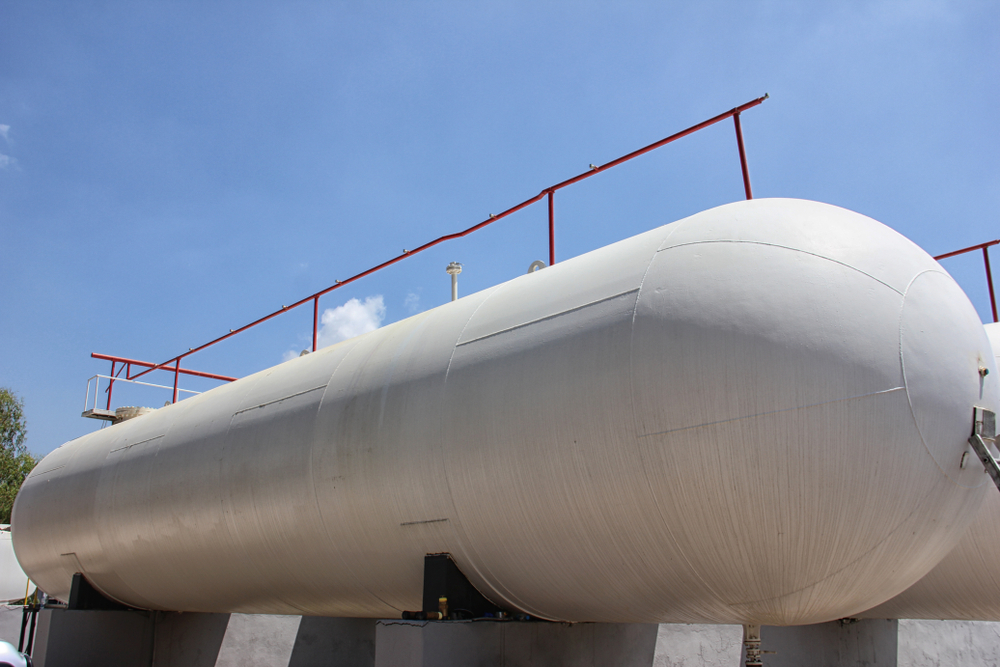 Pressure Vessels
Pressure Vessels Renewable Energy
Renewable Energy Safety
Safety
